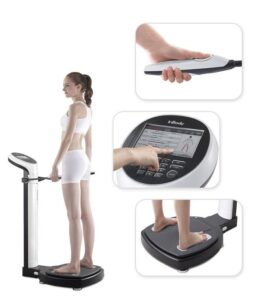Whether you are beginning your journey toward achieving your fat loss goals or are an “experienced” exerciser trying to get back into a groove, becoming sore can and will be a part of your life. Technically it is called D.O.M.S. or Delayed Onset Muscles Soreness and it is a common result of physical activity that stresses the muscle tissue beyond what it is accustomed to. It is a gradually increasing discomfort that occurs between 24 and 48 hours after activity and it is perfectly normal. Without getting too technical here, small tears are created within your muscle fibers during exercise and the healing of those fibers is what creates the soreness that you feel.
For the experienced gym goers, this is simply a byproduct of what they regularly do and it is not taken too seriously. But for the beginner, it can be looked upon as a deterrent to continuing the exercise program that they were initially so gung-ho about in the first place. Even as a coach, I get sore from time to time so understand that simply changing one or a few variables in a workout can and will lead to soreness. Sore can come from using heavier weights, using a bigger or different range of motion than you are used to or simply by increasing the number of repetitions that you complete during your workout.
Unfortunately, there is no proven method to recover from, avoid, or decrease muscle soreness. Many have tried anti-inflammatories, epsom salts, ice, rest or all of the above with varying results. I do know that the more consistent that you become with your exercise program the less likely it is that you will become sore. You will also reduce the severity of your soreness when maintaining a consistent program.
Finally, due to the fact that soreness primarily comes from a lengthening of your muscles during exercise, it should not determine how good the workout was in general. I and many others have had awesome workouts that did not make us sore in the least bit. At the same time, we have also had what we assumed were much less intense workouts that made moving the next day a little less enjoyable than we thought it would. The bottom line, train safely and train consistently and the soreness will come and go.



